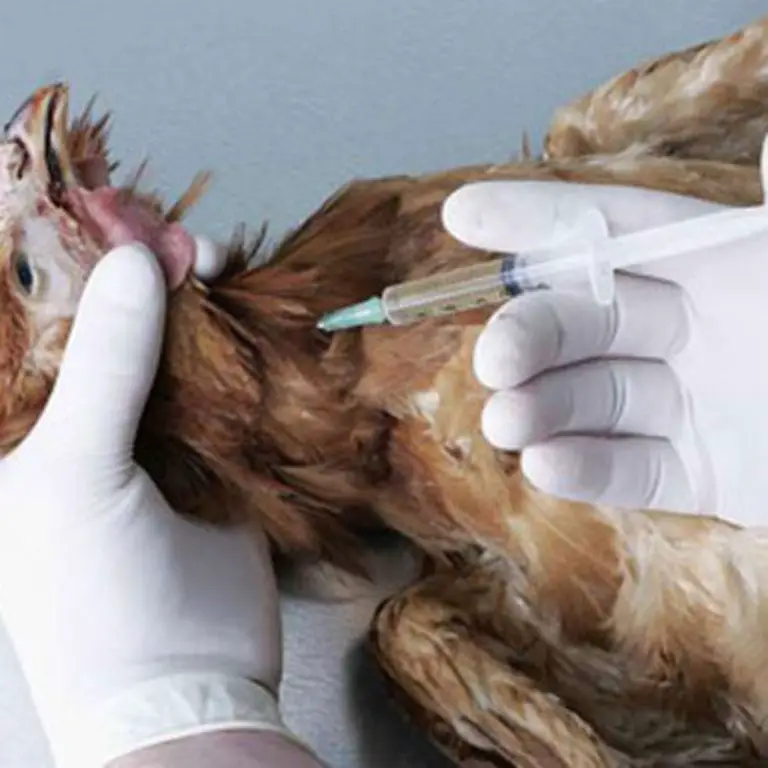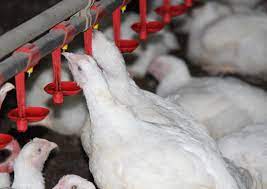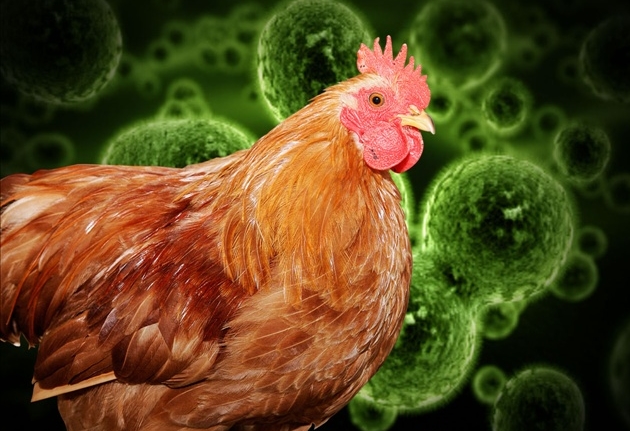How to Control Blight
How to Control Blight
Controlling blight is essential to maintain the health of the birds and prevent economic losses. Whether you’re a seasoned poultry enthusiast or a backyard chicken keeper just starting your feathered adventure, the well-being of your flock is undoubtedly a top priority.
As any poultry keeper knows, maintaining a healthy and thriving flock comes with its set of challenges, and one of the common adversaries is blight. Blight can manifest in various forms, affecting the overall well-being of your birds.
However, fear not! In this article, we will highlight how to control blight, prevention, and treatment of blight plus other relevant information. Just keep going through the article. But before then, let’s know what blight is all about.
What is blight?
Blight is a term used to describe a group of diseases that affect poultry. These diseases are caused by bacteria, viruses, fungi, and parasites that can infect the birds and cause various symptoms.
Some examples of blights affecting poultry include:
1. Red Mite
The poultry red mite (Dermanyssus gallinae) is a blood-feeding parasite that can cause issues in poultry and occasionally other animals.
2. Erysipelas
This is a bacterial disease caused by Erysipelothrix insidiosa, which affects several species of birds, including chickens, ducks, and geese. The most characteristic lesions are small or diffuse hemorrhages in various tissues or organs, such as muscles, heart, liver, spleen, fat, and other tissues of the body cavities.
3. Highly Pathogenic Avian Influenza (HPAI)
HPAI is caused by an influenza type A virus and can infect poultry, such as chickens, turkeys, pheasants, and quail. The USDA confirms cases of HPAI in commercial and backyard flocks
4. Fowl Cholera
This is a contagious, bacterial disease of birds caused by Pasteurella multocida. Acutely, it causes elevated mortality, while chronic forms of the disease can lead to suppurative lesions, caseous arthritis, and productive inflammation of the peritoneal cavity and the oviduct.
Can I treat blight?
Blight in poultry can be managed and treated, but not always completely cured. The treatment of blight often involves the use of antibiotics, such as bacitracin and penicillin, which are effective in the treatment and prevention of the disease. Additionally, medicated starter feed for unvaccinated chicks and probiotic supplements can help control poultry diseases.
For bacterial diseases in chickens, antibiotics are commonly used for treatment, but many bacterial infections cannot be completely cured. Similarly, viral infections like Marek’s disease and Fowl Pox have no successful treatment, so prevention is key.
Mycoplasma, another common poultry disease, has no cure, and once a bird is infected, it will have it for life and can infect other birds. Antibiotics may decrease the symptoms and speed up recovery, but no treatment will prevent it from spreading to other birds. Therefore, while various treatments can help manage and alleviate the symptoms of blight in poultry, complete eradication and cure may not always be possible.
Also Read:How to Prevent and Treat Salmonellosis
How to Prevent Blight
To prevent blight in poultry, several measures can be taken to maintain a clean and hygienic environment, manage biosecurity risks, and provide proper housing and care for the birds.
Here are some key prevention methods:
1. Biosecurity Measures
Implement a biosecurity plan to manage contact with humans and other animals. Practice “all in, all out” with flocks whenever possible, and thoroughly clean and disinfect between flocks to reduce outbreaks. Secure facilities from wild birds, avoid contact with other flocks and only bring in poultry from disease-free flocks
2. Cleanliness and Hygiene
Regularly clean, scrub, and disinfect the poultry house to keep bacteria, viruses, and parasites at bay. Keep the coop clean and dry, and provide sufficient feed and cool, clean water to the birds. Use disinfectant foot baths or wear plastic foot coverings when entering buildings to reduce the chance of disease outbreaks
3. Parasite and Disease Control
Regularly inspect birds for external parasites and use approved insecticides if lice or mites are present. Treat the pen and nesting area for mites and other parasites, and control parasites through appropriate measures.
4. Vaccination and Quarantine
Follow a suitable vaccination program and only buy appropriately vaccinated stock.
Quarantine sick and new birds, and isolate sick birds from the rest of the flock. By implementing these preventive measures, poultry farmers can significantly reduce the risk of blight and maintain a healthy flock.
How to Treat Blight
To treat blight in poultry, the specific treatment depends on the type of blight. Here are some general treatments for common issues:
1. Favus
Remove crusts and dress infected areas with anti-fungal compounds like miconazole or a tincture of iodine. Mild cases may recover without treatment, but affected birds should be isolated to prevent the spread of infection.
2. Parasites
Dust chickens carefully with wood ash and/or diatomaceous earth (DE) to rid them of parasites. Soak their legs in a warm water bath with dish liquid and apply a thick oil like coconut oil, neem oil, or olive oil to treat mites.
3. Aspergillosis
There is no effective treatment for aspergillosis in poultry. The key to control is to minimize the exposure of birds to contaminated materials. Remove affected birds from the contaminated environment, remove contaminated materials, avoid disturbing contaminated materials, and increase ventilation or air exchange rates
4. Other illnesses
Use medicated starter feed for unvaccinated chicks or add probiotic supplements to their food to help control poultry diseases.
For specific diseases like early blight on tomato and potato plants, apply copper-based fungicides early, two weeks before the disease normally appears or when weather forecasts predict a long period of wet weather. Always consult a veterinarian or poultry expert for proper diagnosis and treatment recommendations tailored to your specific situation.
How to Control Blight?
To control blight in poultry, it is essential to monitor and manage the environment, maintain proper hygiene, and use appropriate interventions when necessary. Here are some strategies to help control blight in poultry:
Monitor and manage the environment. Ensure that the coop or enclosure is clean and well-ventilated. Regularly clean and disinfect the area to prevent the spread of diseases.
Maintain proper hygiene. Wash and disinfect tools and equipment used in the care of poultry to prevent the spread of diseases.
Use appropriate interventions. Depending on the type of blight affecting your poultry, different interventions may be necessary. For example, if the issue is related to Fusarium head blight, using a fungicide seed treatment can help reduce seedling blight if a scabby seed source is used
Promote resistance. Choose poultry breeds that are more resistant or tolerant to specific diseases, such as early blight, to reduce the risk of infection.
Consult a veterinarian. If you are unsure about the cause of blight in your poultry or the appropriate interventions, consult a veterinarian for guidance and advice.
Conclusion
Managing blight in poultry requires a multifaceted approach encompassing hygiene, biosecurity, and vigilant monitoring. Implementing robust sanitation practices, controlling vectors, and ensuring proper ventilation are essential.
Regular health checks, prompt isolation of affected birds, and collaboration with veterinary professionals contribute to a comprehensive blight control strategy. By adopting these measures, poultry farmers can safeguard their flocks, promote overall well-being, and sustain a healthy poultry production environment.







